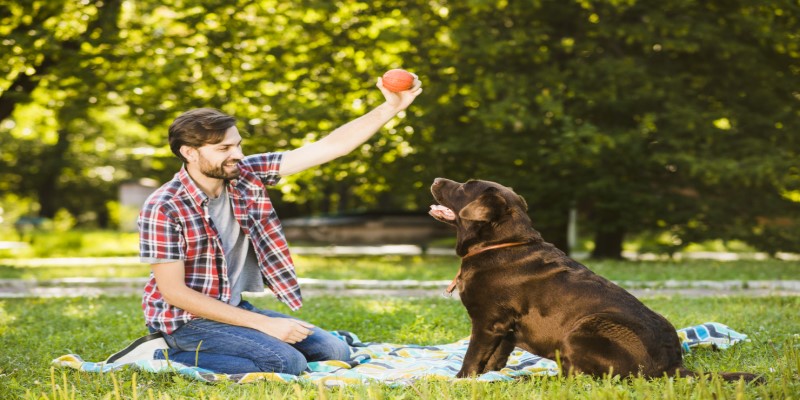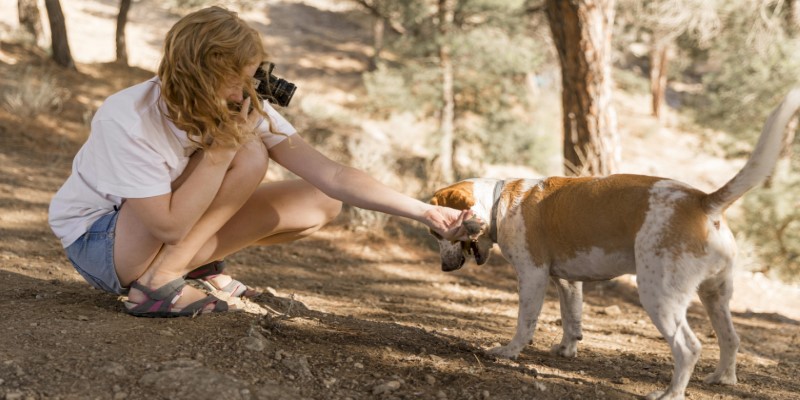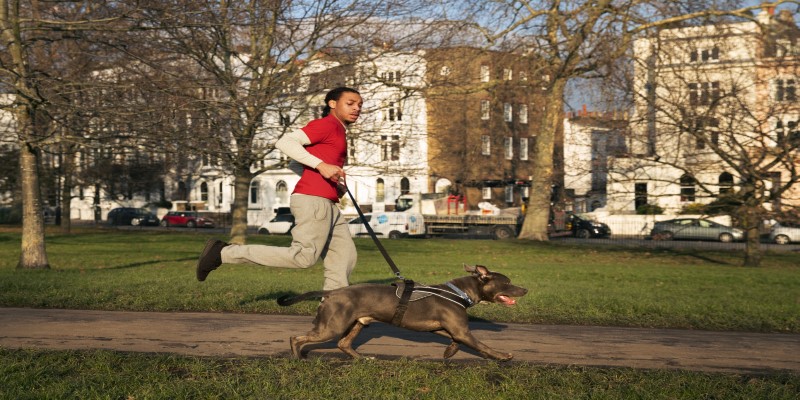Pet Photography Tips: How To Capture The Perfect Shot Of Your Pet
Capturing your pet's personality and charm through photography can be both rewarding and challenging. Whether you have a playful puppy, a curious cat, or any other type of furry friend, knowing how to take great photos can enhance your experience and provide lasting memories. This article delves into practical tips and techniques for pet photography, ensuring you get the perfect shot every time.
Understanding Your Pet’s Personality
Before you pick up your camera, it's crucial to understand your pet's personality. Each pet has unique traits and behaviors that can affect how you photograph them. Spend some time observing your pet in its natural environment, noting how it interacts with its surroundings. Do they have a favorite toy or spot they love to relax in? Understanding these quirks will help you create a more authentic representation of your pet.

For instance, if your dog is particularly playful, you might want to capture it in action as it chases after a ball. On the other hand, if you have a shy cat, you might find the best moments when it is comfortable and relaxed, perhaps curled up in its favorite blanket. Taking the time to know your pet's behavior will help you anticipate great moments and adjust your photography approach accordingly.
Choosing The Right Equipment
You don’t need a high-end camera to take stunning pet photos. Many modern smartphones come equipped with impressive cameras that can do the job just fine. However, if you have access to a DSLR or mirrorless camera, it can provide more control over your shots, allowing for better focus and depth of field.
When Choosing Your Equipment, Consider The Following:
Lens Selection: If you’re using a DSLR, a lens with a wide aperture (like f/1.8 or f/2.8) can help you achieve a beautiful blur in the background, making your pet the focal point of the image. A zoom lens can also be handy for capturing candid moments without getting too close and disturbing your pet.
Tripod: A tripod can stabilize your camera, especially in low-light conditions. It allows you to experiment with longer exposure times without risking a camera shake, which is particularly useful if your pet is moving around.

Lighting: Natural light is your best friend in pet photography. Early morning or late afternoon light, known as the “golden hour,” provides a soft, warm glow that can enhance your photos. If you’re indoors, position your pet near a window to take advantage of the natural light streaming in.
Setting The Scene
Creating a suitable environment for your pet photography can significantly impact the outcome. Start by decluttering the area where you plan to shoot; a clean background allows your pet to stand out more. If you’re shooting outdoors, look for interesting backgrounds like colorful flowers, trees, or rustic fences that complement your pet’s colors.
Consider using props to add a playful element to your shots. A favorite toy or a cozy blanket can help create a more intimate atmosphere. If your pet is comfortable with costumes or accessories, such as hats or bows, these can add a fun twist to your photos. However, make sure that your pet is comfortable and not stressed by any props you use.
Focusing On Composition
Once you have your scene set up, it’s time to think about composition. A well-composed photograph draws the viewer’s eye and creates a sense of balance in the image. Here are a few tips for composing your shots:
Rule of Thirds: Imagine your frame divided into nine equal sections by two horizontal and two vertical lines. Positioning your pet off-center, along these lines or at their intersections, can create a more dynamic composition.
Eye Level: Shoot at your pet's eye level for more engaging photos. This perspective creates a connection with the viewer and often brings out your pet's personality. If your pet is small, you might need to crouch down or even lie on the ground to get the right angle.

Framing: Use natural frames in your environment to highlight your pet. This could be branches, doorways, or even your arms if you're holding them. Framing can add depth to your photos and draw attention to your pet.
Capturing Action Shots
Pets are often full of energy, making action shots a fantastic way to showcase their personalities. Whether they’re running, jumping, or playing, capturing these moments can be exhilarating. To photograph moving pets effectively, follow these tips:
Fast Shutter Speed: To freeze the action, use a fast shutter speed (1/500 seconds or faster). This helps prevent motion blur and keeps your pet sharp in the frame.
Panning Technique: If your pet is moving quickly, try panning with them as they run. This technique involves moving your camera in the same direction as your pet, which can create a sense of motion while keeping your pet in focus.

Focus on the Eyes: The eyes are the most expressive part of any animal, so make sure they’re in sharp focus. This often means using single-point autofocus to ensure that the camera focuses on your pet's eyes, especially if they're in motion.
Editing Your Photos
After your photo session, it's time to edit your images to bring out the best in them. Basic editing can enhance your pet's photos significantly. Here are some tips on what to focus on during the editing process:
Crop for Composition: Cropping can help you improve the composition of your images. If you missed the perfect framing during the shoot, cropping can help you center your pet better.
Adjust Brightness and Contrast: Play with brightness and contrast to make your photos pop. Sometimes, a slight increase in contrast can make the colors more vibrant.
Color Correction: If your photos look too warm or too cool, adjusting the color balance can help achieve a more natural look. This is particularly important if you are shooting in mixed lighting conditions.

Sharpening: A little sharpening can make your images look crisper. Be careful not to overdo it, as excessive sharpening can introduce noise.
Conclusion
Pet photography can be a fulfilling and fun endeavor that captures the unique personality of your furry companions. By understanding your pet's behavior, choosing the right equipment, and focusing on composition, you can significantly enhance your photography skills. Remember to be patient and adaptable, as pets can be unpredictable, but with practice, you’ll find yourself capturing those perfect moments.
Related Posts
- Travelling with Pets: How to Make it a Stress-Free Adventure?
- Pet Nutrition 101: What Ingredients to Look For in Food Labels
- Is Pet Insurance Worth It? A Guide To Protecting Your Pet’s Health And Your Wallet
- Pet Health Trends in 2025: What Every Pet Parent Needs to Know?
- Pet Photography Tips: How To Capture The Perfect Shot Of Your Pet
- 6 Effective Home Remedies To Stop Dogs From Licking Paws